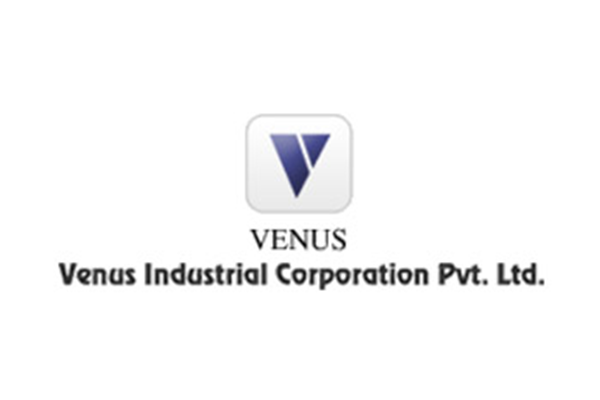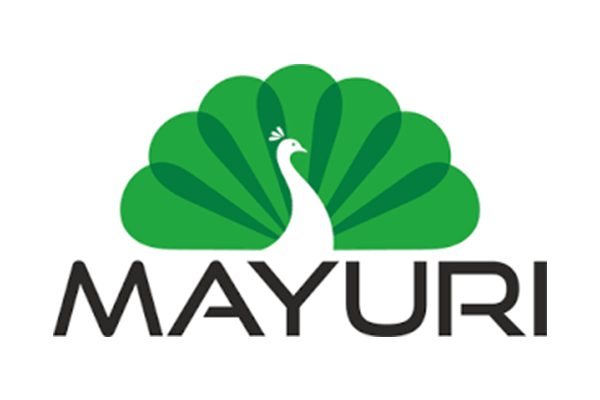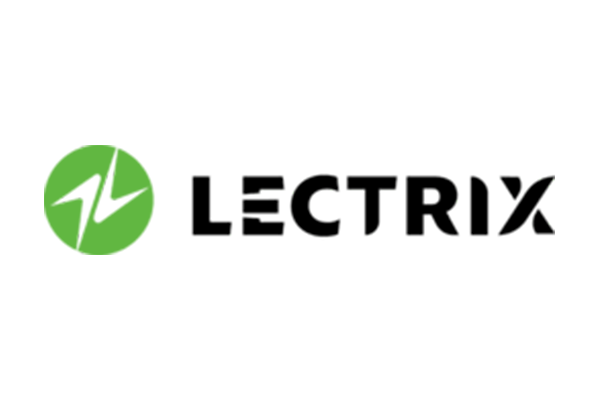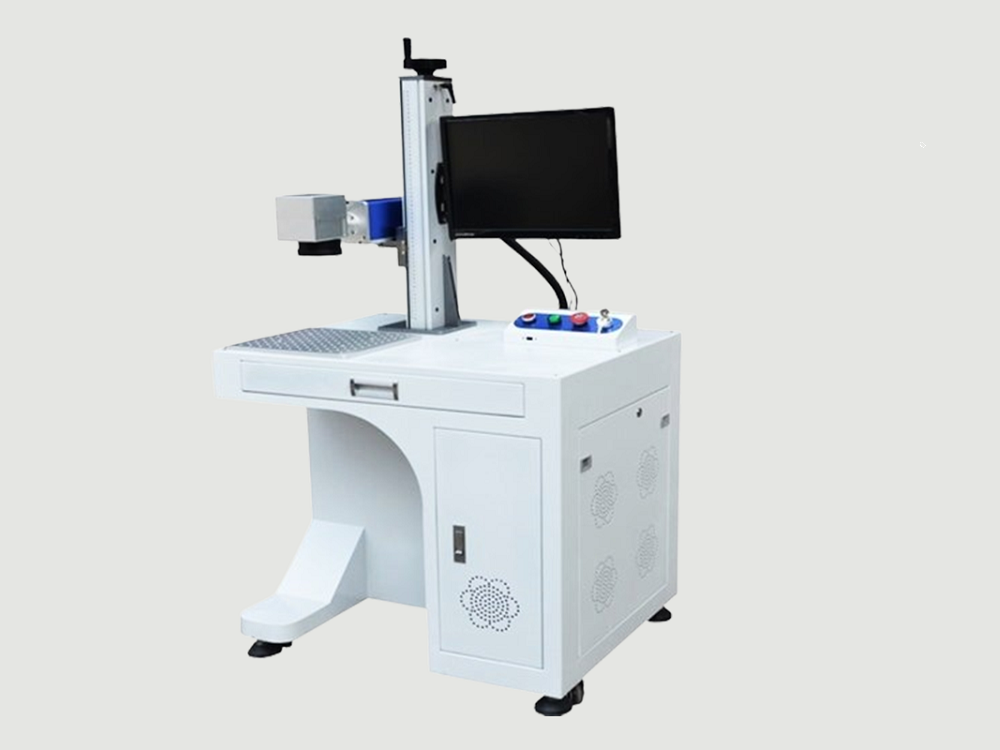Laser Marking Machine
Request Quotation
We can’t wait to get to know you better!
CO2, UV, and Fiber Laser marking are three technologies that your company offers for marking and engraving a variety of materials in industrial and commercial settings.
CO2 Laser marking is a non-contact technology that uses a CO2 laser beam to mark the surface of a material, creating a permanent mark that is precise and of high quality. This technology is commonly used for marking and engraving materials such as wood, acrylic, leather, and plastics.
UV Laser marking uses a UV laser beam to mark the surface of a material, creating a permanent mark that is highly resistant to wear and fading. This technology is commonly used for marking and engraving materials such as glass, ceramics, and some metals.
Fiber Laser marking uses a fiber laser beam to mark the surface of a material, creating a permanent mark that is precise and of high quality. This technology is commonly used for marking and engraving materials such as metal, plastic, and some ceramics.
Each of these technologies has its advantages and is best suited for different applications. For example, CO2 laser marking is suitable for materials such as wood, plastics, and leather, while UV laser marking is best suited for glass, ceramics, and some metals. Fiber Laser marking is versatile and can mark a wide range of materials, including metal and plastic.
In summary, CO2, UV, and Fiber Laser marking are three technologies that your company offers for marking and engraving a variety of materials in industrial and commercial settings. Each technology has its advantages and is best suited for different applications. CO2 laser marking is suitable for materials such as wood, plastics, and leather, while UV laser marking is best suited for glass, ceramics, and some metals. Fiber Laser marking is versatile and can mark a wide range of materials, including metal and plastic.
Our Clients











Projects Delivered
Cities
%
Satisfaction
%


